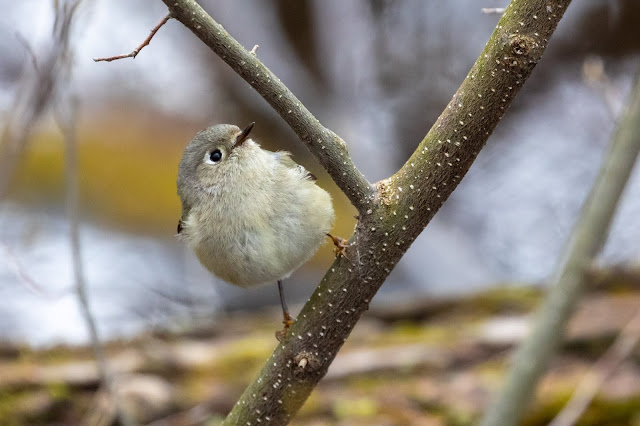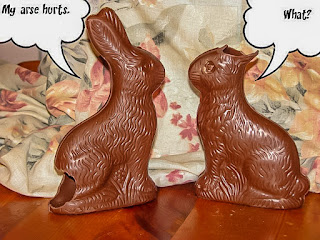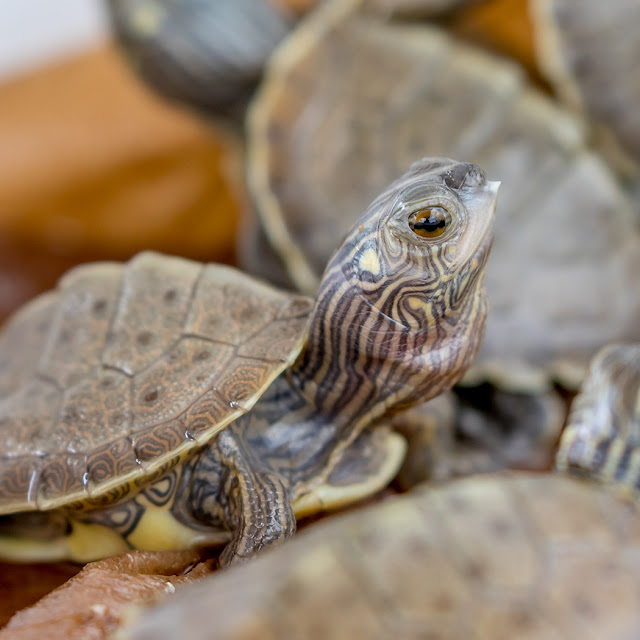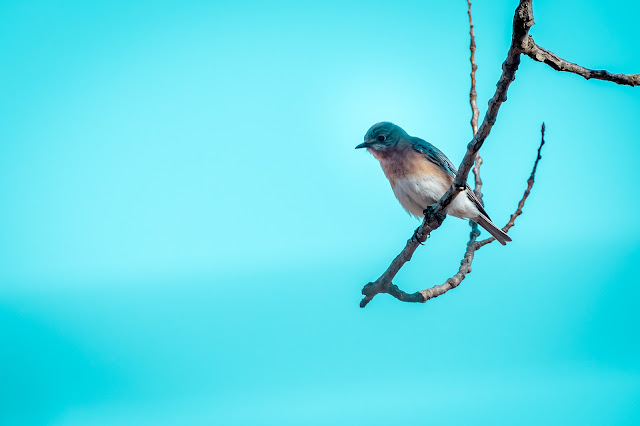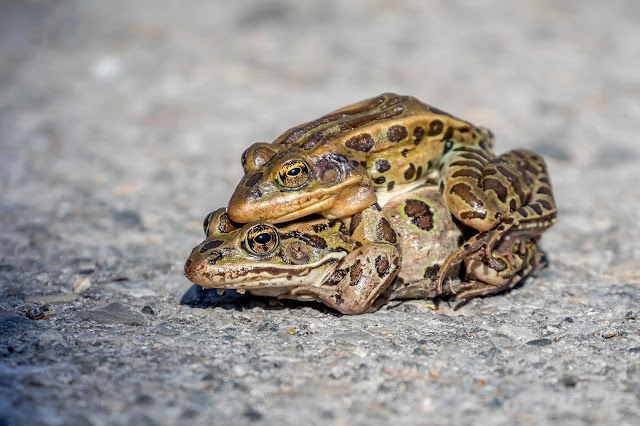Field sparrow

April 30, 2020, Rondeau Provincial Park, Ontario, Canada. Another yard bird, a bit bland but interesting in its own way. Spizella pusilla If a male Field Sparrow survives the winter, it usually returns to breed in the same territory each year. The female is less likely to return to the same territory, and young sparrows only rarely return the next year to where they were born. source - Cornell Lab of Ornithology.



